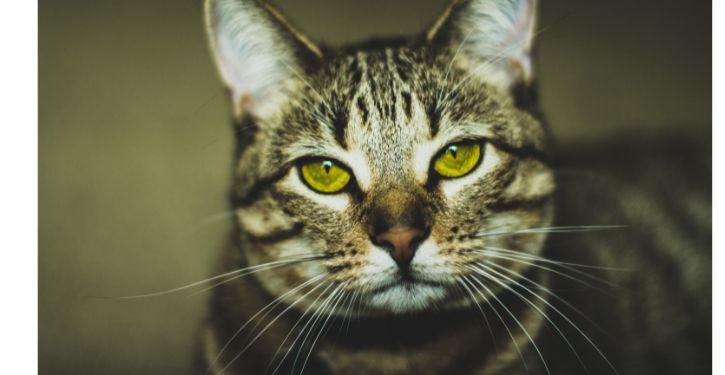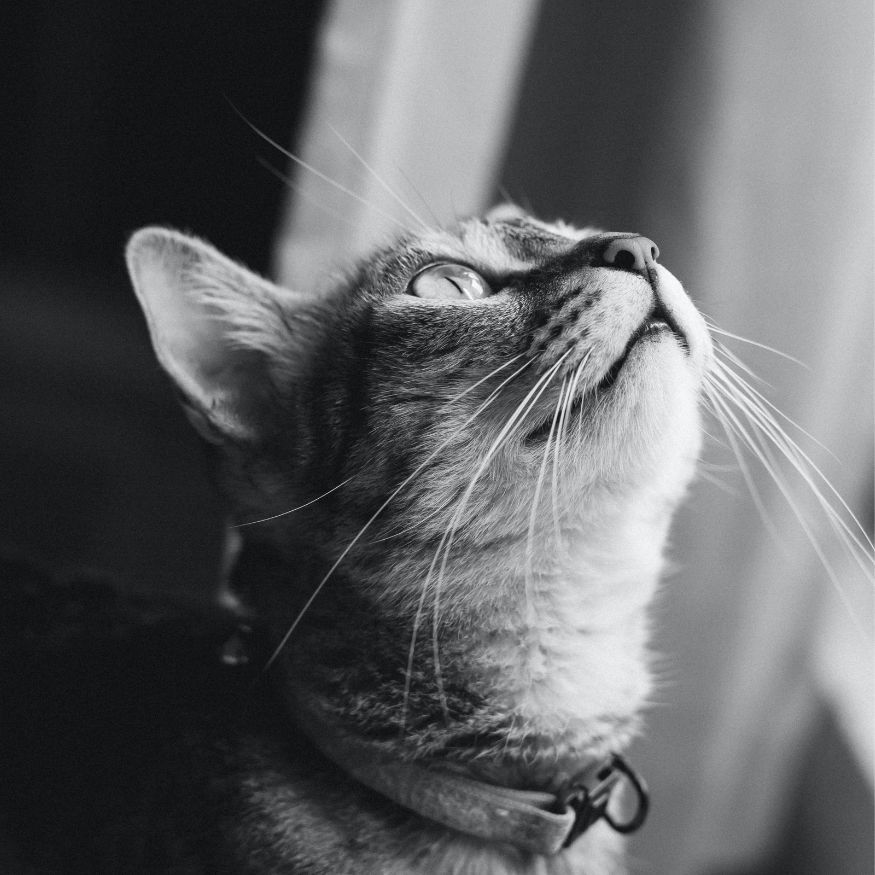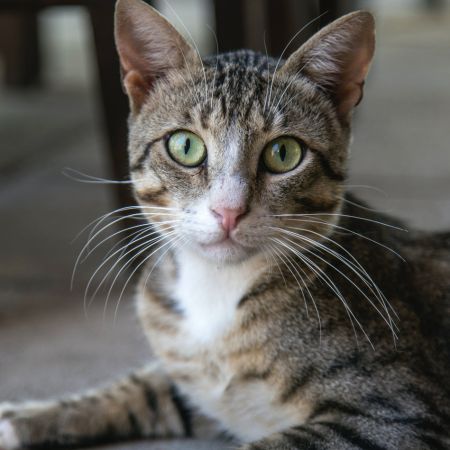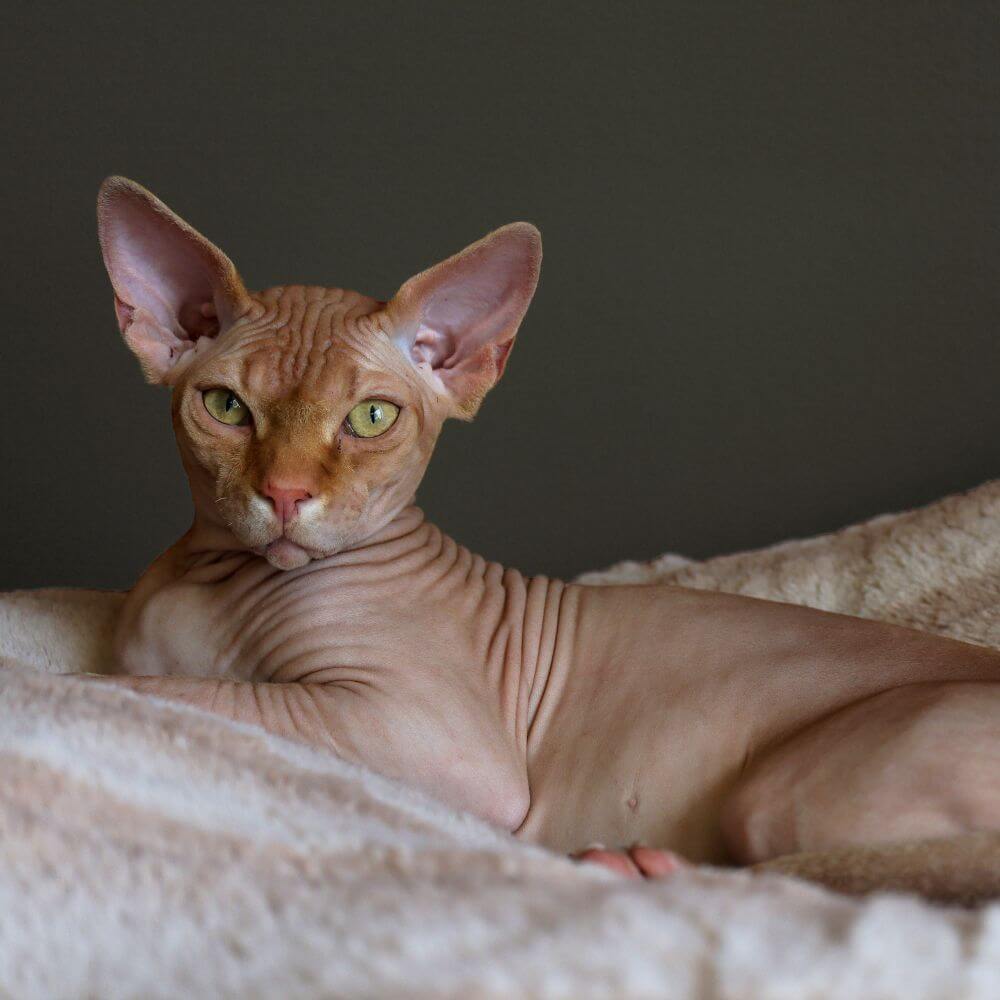Understanding the Importance of Your Cat's Long Whiskers!
As a cat owner, you've likely observed the elegant, long whiskers extending from your cat's face. But have you ever pondered their purpose? These enigmatic stiff hairs may appear unimportant, but they are essential to your cat's daily existence. Grasping the significance of your cat's whiskers can help you understand just how extraordinary these animals are. From navigating their surroundings - including helping your cat climb trees - to interacting with other cats, these fascinating sensory organs play a vital role in your cat's survival.
In this comprehensive guide, we will uncover the intriguing mysteries behind the long, thick whisker sprouting from your cat's upper lip. We'll delve into the science of how cat whiskers work and explain why most cats have whiskers that are key to their daily life. We'll shed light on their functions, provide insights on how your cat arranges them to judge distance and sense their environment, and offer advice on caring for them.
But there's more! We'll also explore topics such as 'whisker fatigue' or 'whisker stress,' conditions that can occur when food and water bowls aren't whisker-friendly. Plus, we'll discuss the phenomenon of whiskers shedding, much like other hairs on a cat's body, and how the position of the whiskers can reflect a cat's mood.
If you're intrigued by the mysterious whiskers sticking straight out from your cat's face, positioned just below the cat's eye, and want to learn how they differ from other hairs on your cat's body, then read on. This guide promises to satisfy your curiosity and deepen your understanding of your feline friend.
8 Purr-fectly Amusing Facts About Cat Whiskers!
Here are 8 fascinating fun facts that will make you appreciate these marvelous feline features even more!
Whiskers in High Definition
💠Whiskers are like HD antennas for cats! They can detect even the slightest changes in air currents, allowing our feline friends to sense nearby objects, walls, or other animals with impressive precision. This super-sensitivity helps them navigate in the dark and hunt with stealth.
Measuring Masters
💠Cats use their whiskers as built-in measuring tapes to determine if they can fit through tight spaces. The length of a cat's whiskers usually corresponds to its body width, so they can easily gauge whether they can squeeze into a narrow opening without getting stuck. Talk about a handy tool!
The Many Whisker Zones
💠While most people are familiar with the cat whiskers on a cat's muzzle, they also have whiskers above their eyes, on their chin, and even on their forelegs (called carpal whiskers)! These additional whisker zones provide extra sensory input, making cats even more attuned to their environment.
Whiskers Speak Volumes
💠Whiskers can reveal a cat's mood. When relaxed, cat whiskers will be in a neutral position. If scared or agitated, the whiskers will fan out and point forward. And when a cat feels threatened or submissive, the whiskers might be pulled back against their face. It's like a feline mood ring!
Color Coordinated
💠Did you know that a cat's whiskers are often the same color as their fur? This camouflage helps them stay hidden while stalking prey. But don't worry - if your cat's whiskers are white, it doesn't mean they're going gray with age!
Whisker Fatigue is a Thing
💠Whisker fatigue is an actual condition that can occur when a cat's sensitive whiskers are overstimulated, such as when eating from a narrow or deep bowl. This can cause stress and discomfort, so consider providing your cat with a wide, shallow dish to avoid whisker fatigue.
Shedding & Regrowth
💠Cats shed their whiskers naturally, just like they shed fur. However, cat whiskers grow and fall out at a much slower rate. Don't worry if you find a whisker on the floor; it's perfectly normal, and a new one will eventually grow in its place.
Don't Trim Those Cat Whiskers
💠Resist the urge to trim your cat's whiskers, as this could disrupt their sense of balance and spatial awareness. Whiskers are crucial for their safety and well-being, so let nature take its course and keep those whiskers intact.

The Science Behind Cat Whiskers
Cats are known for their incredible senses, and whiskers are an essential part of their sensory abilities. Whiskers are specialized sensory hairs that help cats navigate their environment and stay safe from potential danger.
These delicate hairs are much more than just long strands of hair; they are highly sensitive and can detect even the slightest movement of air or vibration. Whiskers are deeply rooted in the cat's skin and connected to specialized nerve cells that send information directly to the brain. This allows cats to gather vital information about their surroundings without relying solely on their vision.
Whiskers are a vital tool for survival as they help cats to determine the size and shape of objects in their environment. This is particularly important when hunting prey as it allows cats to precisely measure the size and distance of their target.
They help cats to navigate through narrow spaces and avoid potential dangers such as predators or obstacles.
One of the most fascinating aspects of whiskers is their unique physical structure. They are much thicker and stiffer than regular hair and are surrounded by a network of blood vessels and nerves. The base of each whisker is set deep in the cat's skin and surrounded by a highly sensitive sensory organ called the proprioceptor. The proprioceptor sends signals to the cat's brain, providing information about the position of the whisker in relation to the rest of the body.
Interestingly, cats have different types of whiskers that serve different functions. The long, thick whiskers on either side of their face, known as the mystacial whiskers, are the most well-known and play a crucial role in navigation and communication. However, cats also have shorter whiskers above their eyes and on their chin that are used for different purposes.
All said and done, whiskers are a vital sensory tool for cats that play an essential role in their daily lives. Their unique physical structure and sensitivity allow them to navigate their environment, hunt prey, and avoid potential dangers. By understanding the importance of whiskers, you can gain a deeper appreciation for your furry friend and all the amazing things they can do.
The Importance of Whiskers for Communication
Cats are fascinating creatures that communicate in a myriad of ways. One of the most interesting ways they communicate is through their whiskers. Whiskers play an essential role in cat communication, allowing them to convey their mood and intentions to other cats and humans alike.
When a cat is feeling relaxed and content, its whiskers will be slightly forward. This is a sign that the cat feels safe and secure in its environment. However, if a cat is feeling threatened or upset, its whiskers will be pulled back close to the face. This is an important signal for other cats, indicating that they should back off and avoid conflict.

In addition to communicating with other cats, cats also use their whiskers to communicate with humans. For example, if your cat rubs its whiskers against your hand, it is a sign that it trusts you and feels safe around you. This is because cats use their whiskers to "feel" the world around them, and when they rub their whiskers against an object or person, it is a sign of comfort and familiarity.
Similarly, if your cat approaches you with its whiskers pulled back close to its face, it could be a sign that it is feeling stressed or uncomfortable. It's important to pay attention to your cat's body language and understand what they're trying to communicate through their whiskers and other physical cues.
Cats also use their whiskers to help them navigate their surroundings. Whiskers are highly sensitive to movement and vibration, which means they can detect even the slightest changes in their environment. This helps cats to determine the size and shape of objects and to avoid obstacles and potential danger.
Whiskers are an essential part of cat communication and play an important role in their daily lives. By paying attention to your cat's whiskers and understanding what they're trying to communicate, you can deepen your bond with your furry friend and provide them with the care and attention they need to thrive.

Caring for Your Cat's Whiskers
Now that you understand the crucial importance of whiskers for your cat's safety and communication, it's essential to take proper care of them. Your cat's whiskers may seem like an ordinary part of their body, but they serve a vital purpose that should not be ignored.
First and foremost, never trim or cut your cat's whiskers under any circumstances. Whiskers are deeply rooted in the skin and serve as sensitive sensory organs that provide valuable information to your cat's brain. Cutting or trimming them can be painful and disorienting for your pet, and can lead to difficulty navigating their environment. Moreover, since whiskers also play an important role in communication, cutting them could hinder your cat's ability to express itself effectively.
In addition, it's essential to be aware of the types of toys and objects that your cat interacts with regularly. Avoid giving your cat small objects that could potentially harm or break off its whiskers. Cats are notoriously curious creatures and can get into all sorts of mischief, so it's best to keep an eye on them and know what they're up to at all times.
When it comes to caring for your cat's whiskers, there are a few things you can do to help keep them healthy. One of the best ways to ensure your cat's whiskers stay strong is to feed them a high-quality diet that provides all the necessary nutrients. Additionally, providing a stimulating environment with plenty of opportunities for play and exercise can also contribute to healthy whisker growth.
Finally, one of the best things you can do for your cat's whiskers is to observe them closely and appreciate their incredible abilities. By taking the time to understand how your cat's whiskers work and what they're used for, you can gain a deeper appreciation for your furry friend and all the amazing things it can do.
They may seem like an insignificant feature, your cat's whiskers are actually one of the most crucial sensory organs that contribute to their wellbeing and survival. By taking proper care of them and appreciating their importance, you can help ensure your cat stays happy and healthy for years to come.
Unlocking the Mysteries of Your Cat's Whiskers: A Recap
Whiskers are a unique and fascinating feature of cats that play a crucial role in their daily lives. From detecting prey to communicating with other cats, these specialized sensory hairs are essential for survival. By understanding the science behind whiskers, you can gain a deeper appreciation for your cat and its remarkable abilities.
In addition to their functional purpose, whiskers also serve as a communication tool for cats, allowing them to convey their mood and intentions to other cats and humans. As a responsible pet owner, it's important to take proper care of your cat's whiskers and avoid trimming or cutting them.
Whiskers are an extraordinary feature of cats that are often overlooked but should not be underestimated. So, the next time you see your feline friend sporting those long, delicate hairs, remember just how remarkable they truly are. Unlock the mysteries of your cat's whiskers and appreciate the incredible sensory organ that is the whisker!
Thanks for Reading-
Ky & J
Related Reads:







